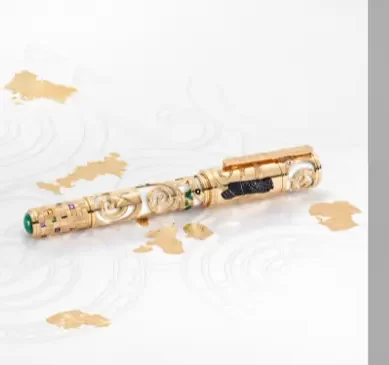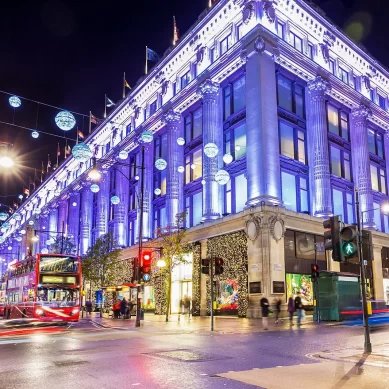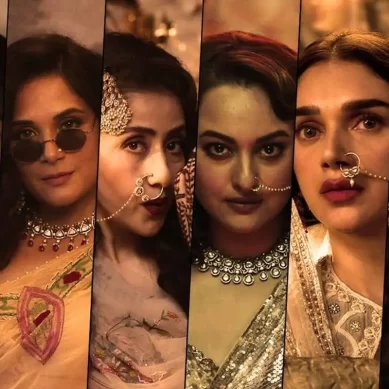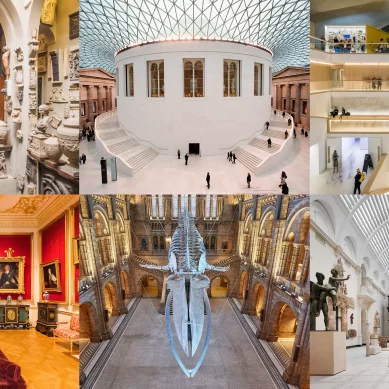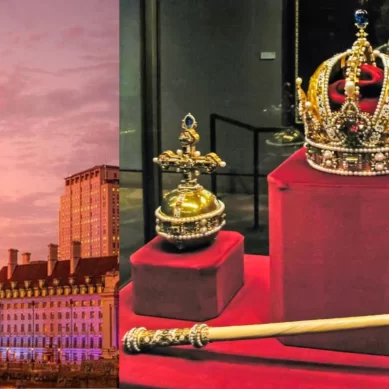Over the years, photography has been essential for preserving historical details and your most priceless family moments. The truth is that cameras have existed since the 1600s and even earlier. Capture archival experts have compiled a thorough history and evolution of the camera to help you understand how technology evolved from pre-film cameras to the digital camera or smartphone you use to shoot pictures of family get-togethers. Continue reading to learn about the major turning points in the history of cameras, including the daguerreotype, roll film, 35mm film, Polaroid, digital cameras, and smartphones.
The Camera Obscura: The Original Camera

The majority of people think that the camera obscura was the original precursor to film cameras. A tiny hole, or lens, allowed a naturally occurring phenomenon called a “dark room” or camera obscura to project an image. Because this impact can be observed in natural environments, its origins have been determined to be around 400 BC.
Photographing Historical Images With the Daguerreotype Camera:

After the first permanent images were produced in the early 1800s, Louis Daguerre’s invention of the daguerreotype, a metal plate process, in 1839 brought photography one step closer to its future. This format requires the development of a copper plate coated in silver chloride with hot mercury and iodine sensitization. It may appear challenging by today’s standards, but at the time, it transformed photography even more successfully.
Rolling Film: Multiple Views

George Eastman invented the Kodak in Rochester, New York, in 1888, and it was the first camera to use a single roll of celluloid emulsion film. Compared to later camera developments, the original Kodak camera could capture negatives in milliseconds. Eastman Kodak was going to develop the film and market it as a point-and-shoot option. The success of the first Kodak camera made the firm one of the biggest in the US, which enabled them to keep creating new camera types, such as the well-known Kodak Brownie, which made its debut in 1900.
35mm Film: Portability and Flexibility
The next big advancement in photographic film was the 1934 release of Kodak 135 film. This 35mm-wide film made it possible to use the same kind and size of film in cameras made by any manufacturer. Additionally, since the film canister would automatically adapt, the camera operator would only need to insert it, wrap it, and watch as each picture was taken. When the roll is full, the photographer may open it without worrying about overexposing the light-sensitive film.
Polaroid Camera: Instant Gratification

Daguerreotype exposure times of thirty minutes are long gone, but the advent of quick cameras further accelerated their development. In 1948, Edwin Land founded the Polaroid Corporation, which went on to become the industry leader in instant photography and the manufacture of instant cameras. In Polaroid cameras, silver halide emulsion is used to stick the film negative to the film positive. The user would throw away the negative after peeling the two components.
Digital Camera And The Digital Revolution

The majority of people use the camera phone, which is the only type of camera still in use today. The first mobile phone to feature a camera was the Kyocera VP-210, which was introduced in 1999. The smartphone’s 2-inch screen made it possible to view photos right away, but this was before mobile phone cameras became commonplace. The initial Apple iPhone made it easy to send and receive digital photographs between devices. In these early iPhone models, the earlier CCD technology was replaced with complementary metal-oxide semiconductor (CMOS) chips.
The camera obscura marked the beginning of the evolution of the camera, but there have also been other important turning points, such as the daguerreotype, which made permanent, repeatable photography possible; 35mm film; and portable cameras, which made home cameras more widely available and easier to use. Digital and smartphone cameras have supplanted film cameras as the most extensively used and popular kinds of cameras in the modern era. Families found that it was simpler to record significant occasions like birthdays, marriages, graduations, baby moments, and other treasured experiences after reaching each of these milestones. For many families, these priceless moments are nevertheless immortalized on film, but the quality of the recording deteriorates over time. That is how the evolution of cameras has changed the lives of people across the world.



